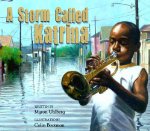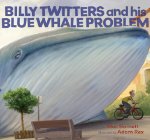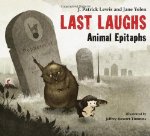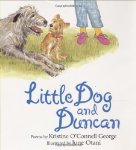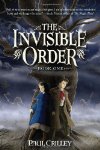When I was growing up, two pairs of twins came to my school. One was a pair of identical boys, and since we had to wear school uniforms and they had identical hair styles, we had no idea which boy was which. They had a splendid time confusing their classmates and teachers. The other pair were non-identical girls, and they had nothing in common. One was a lot taller than the other, so we always thought that she was older.
In today's picture book two of American's most celebrated poets for young readers take us into the world of twins, and what an interesting visit it is.
J. Patrick Lewis and Jane Yolen
Illustrated by Sophie Blackall
Poetry Picture Book
For ages 7 to 9
Candlewick Press, 2012, 978-0-7636-3702-6
People are often
fascinated by twins. Can twins really read each other’s minds? Do they really
have their own language, and are they especially close because they are twins?
In this clever collection of poems, J. Patrick Lewis (who is a twin) and Jane
Yolen (who comes from a family that has several pairs of twins) explore what it
is like to be a twin.
The journey twin
babies make begins in the womb, of course, so this is where we begin our
journey in this book. Not literally, but figuratively. We read about how
parents see “a dot” on an ultrasound screen, and then below that dot they see another
one. Without any warning, a mother finds out that she is going to be a “Double
mother.” For months the little babies
grow in their “room” that is a constant nighty-eight degrees. There the tangle
of “arms and legs, / elbows and knees” stays, until at last the time is right
and out they come, a “Double package deal.”
Now the babies
are here and they start to get to know their world together. From the very
beginning they have a special connection, using a language that they alone
share. As far as they are concerned “All the best things / Come in two,” like
socks, shoes, eyes, and ears. And babies. They learn how to walk, have their
baths together, learn how to tie their shoes, and have messy meals.
Of course not
all twins look alike, and sometimes they have fights or argue, just like other
siblings. Twins who are identical do not necessarily have the same tastes and
interest. Though they have the same DNA (and can secretly change places to
confuse people) they are individuals with distinct personalities.
With clever
poems Jane Yolen and J. Patrick Lewis explore the worlds of twins, concluding
their journey by looking at some of the world’s most famous twins, including
Chang and Eng and Tweedlee and Tweedledum.
Many of the pages have a “Twin Fact” at the bottom that provides readers
with additional information about twins.



